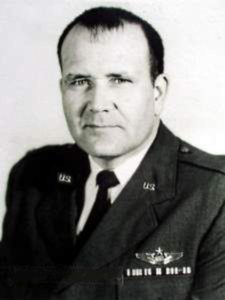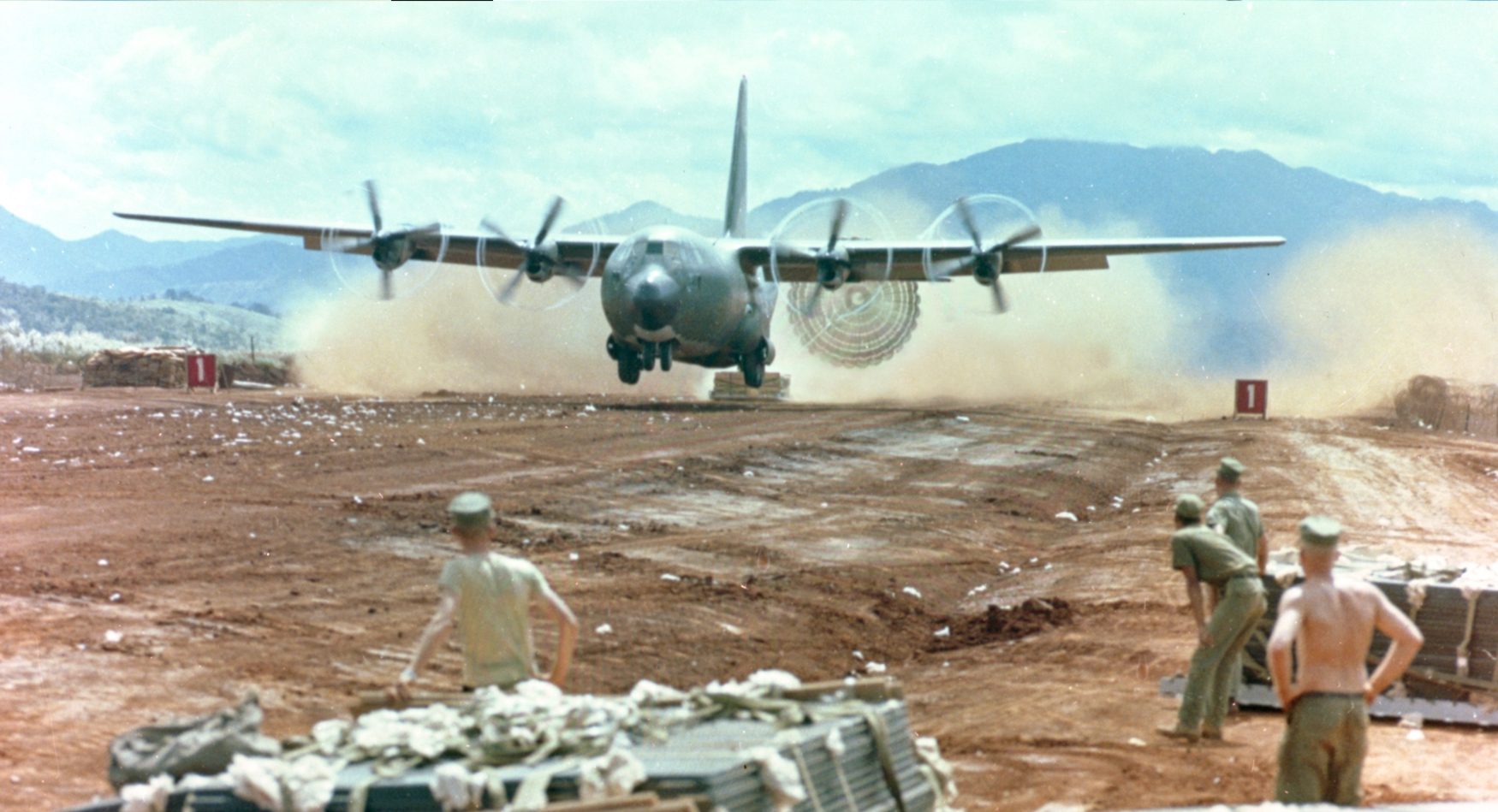Real American Heroes: the ‘trash haulers’ of 374th Tactical Airlift Wing
In April 1972, the North Vietnamese Army (NVA) launched its Easter Offensive — the largest military invasion since China crossed the Yalu River during the Korean War. American military presence in Vietnam had largely been reduced to air power, and the 5th Division of the Army of the Republic of Vietnam'(ARVN) was soon surrounded by three enemy divisions at An Loc, the capital of Binh Phuoc province. The only shot the defenders had at victory would be through the devastating firepower of U.S. Air Force B-52s and AC-130 gunships, but in order to survive, they would need the unsung heroes referred to as “trash haulers” — C-130 crews flying in ammunition and badly needed supplies.
The roads to An Loc were cut so the defenders had to rely on aerial resupply. The drop zone was in such a small area (a soccer field), in close proximity to what one crew member described as the “deadliest concentration of antiaircraft fire ever seen in South Vietnam.” Vietnamese Air Force C-123 pilots, used to daylight drops in far less challenging situations, couldn’t put the supplies on target, so the job went to the better trained American crews.
Two Vietnamese C-123s were shot down and several American C-130s were badly damaged during the campaign. NVA gunfire was so deadly that air crews began building custom armor to improve their chances of surviving the flight. On 15 April, the enemy guns tore through the belly of a C-130 flown by Capt. William Caldwell, killing the engineer, Tech. Sgt. Jon Sanders and wounding two crew members. Also hit was the 27,000-pound load of ammunition, which caught fire. Loadmaster Staff Sgt. Charles Shaub quickly jettisoned the pallets, which exploded almost instantly after leaving the plane, then fought a raging fire which burned him badly. Although two of the Hercules’ four engines were no longer operable, Caldwell limped the broken bird back to Tan Son Nhut Air Base. The landing gear had to be extended manually and the C-130 lost one of its two functioning engines just before landing. Caldwell and Shaub were both awarded the Air Force Cross for their superb airmanship.
One C-130 flown by Capt. Don B. Jensen was shot down on 18 April, but they crash-landed in a rice paddy, surrounded by enemy soldiers. Fortunately for the downed airmen, a flight of Army helicopters saw Jensen’s flaming C-130 fly past and followed the cargo plane until it crashed. Cobra gunships held off the enemy while Hueys quickly picked up the crew — all of which survived. Jensen and the Army chopper pilots were all awarded Silver Stars.

Just after 0400 on 26 April, Maj. Harry A. Amesbury Jr. checked in with the forward air controller, who gave him the go-ahead to drop his cargo over An Loc. Seconds later, Amesbury’s C-130E was on fire and crashed into the ground. No time for parachutes, no emergency beacons were heard. Due to heavy enemy presence, there was no way a ground element could inspect the site. Lost were Amesbury (40, Morrison, Ill.), copilot Capt. Kurt F. Weisman (25, Jasper, Ind.), navigator 1st Lt. Richard L. Russell (25, Snyder, Texas), loadmasters Staff Sgt. Calvin C. Cooke (26, Washington, D.C.) and Tech Sergeant Richard E. Dunn (38, Terryville, Conn.), and flight engineer Tech Sgt. Donald R. Hoskins (43, Madison, Ind.).
Another C-130E was shot down during a An Loc nighttime supply drop on 3 May. Lost were pilot Capt. Don L. Unger (26, Lake Worth, Fla.), copilot 1st Lt. Thomas C. Winderquist (25, Morton Grove, Ill.), navigator Capt. Alexander McIver (34, Santa Monica, Calif.), loadmasters Staff Sgt. Lester Bracey (20, Yonkers, N.Y.), and Staff Sgt. Joseph C. Hopper (24, Memphis, Tenn.), and flight engineer Staff Sgt. Freddie L. Slater (34, Baltimore).
Unger’s crash site was located in 1974 and the remains of the entire crew were repatriated. It wasn’t until 1975 that Special Forces advisors and an ARVN team could search the Amesbury crash site. recovering remains of Capt. Weisman. Amesbury’s remains were identified in 2001.
Hauling supplies on a cargo plane isn’t what we typically think of when the word hero comes to mind, but the airmen that strapped into C-130s to fly treetop level into terrifying enemy anti-aircraft artillery strongholds — at night — unquestionably had a ton of guts. “Every plane that flew over An Loc came back with bullet holes in it,” said Jensen. These USAF C-130 crews kept the ARVN troops supplied and played a crucial role in handing the North Vietnamese Army an unexpected defeat at An Loc.

seems like it is never mentioned, but the 375th did a lot of air land missions into the besieged city of kontum in the highlands. Night landings on a short field taking ground fire and rocket and mortar attacks throughout the operation.
An loc , i was a loadmaster out of CCK Taiwam 50th TALSq picture is of a 130B model, (seem to be at k- Son), However i loss two good friends at An loc. RIP. Ed Baker